Shaheen Bagh protesters pledge to fight, seek rollback of CAA law
One month on, protesters say they will continue to fight against new citizenship law that discriminates against Muslims.
by Bilal Kuchay 15 Jan 2020

Women protesting against the Citizenship Amendment Act
have occupied a stretch of the main road near
Shaheen Bagh [Nasir Kachroo/Al Jazeera]
New Delhi, India - Bilquis has been on a sit-in protest since mid-December in the Indian capital against a new citizenship law that critics say runs counter to the country's secular constitution.
For the past one month, thousands of protesters - led mostly by hijab and burqa-clad Muslim women, many of them homemakers - have occupied a stretch of a main road near Shaheen Bagh, a working-class Muslim neighbourhood connecting the capital city to the satellite city of Noida.
More:
What you should know about India's 'anti-Muslim' citizenship law
Microsoft CEO Nadella criticises India's citizenship law
Kerala state challenges India's citizenship law in Supreme Court
They are protesting against the Citizenship Amendment Act (CAA) passed last month that aims to fast-track the naturalisation of non-Muslim refugees from three neighbouring countries.
The law will grant Indian citizenship to "persecuted" minorities - Hindus, Sikhs, Buddhists, Jains, Parsis and Christians - from Bangladesh, Afghanistan and Pakistan - but blocks naturalisation for Muslims.
We are protesting for justice, for our rights and we will not move until this law is revoked
SABA KHATOON, PROTESTER
Many liberal Indians have joined the anti-CAA protests in solidarity, saying the Hindu nationalist government of Prime Minister Narendra Modi wants to divide Indians by making faith as a basis for citizenship.
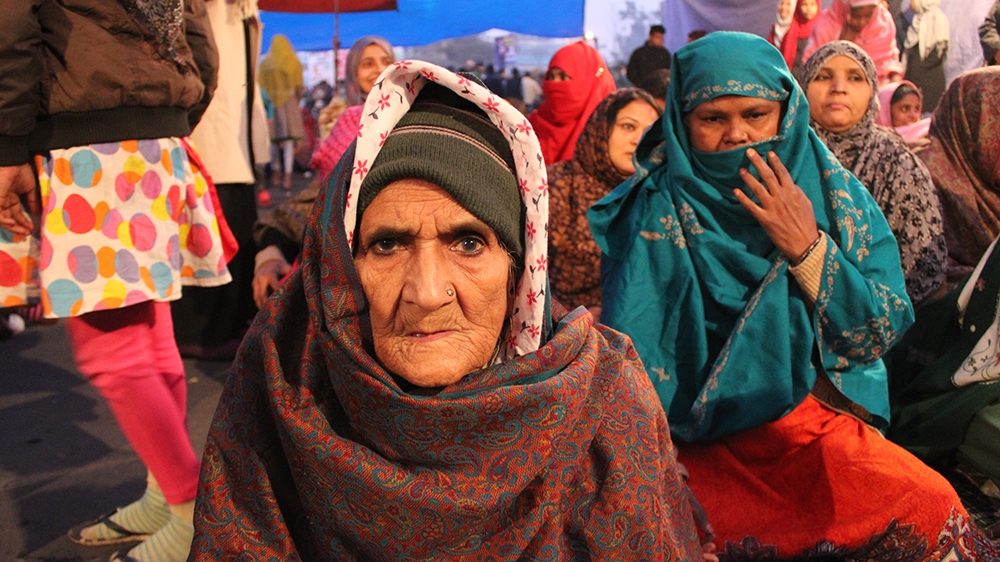
Bilquis, 82, has never taken part in any protest before [Bilal Kuchay/Al Jazeera]
"It's my 29th day here today. I eat here, I pray and sleep here only," Bilquis, 82, told Al Jazeera on Tuesday. "I go home only when I have to change my clothes or take a bath," the octogenarian said.
Born before India's independence in 1947, Bilquis has never taken part in any protest before but today it is different, she says.
As women sit in rows, men stand along the ropes and steel fence of a road divider turning the site into a closed rectangular enclosure.
Together they chant: "Halla bol, CAA pe halla bol" (Raise your voice against CAA); "Hum kya chahte? Azaadi - bhedbhav se azaadi" (We want freedom - freedom from discrimination).
The severe winter of Delhi does not seem to have deterred them.
Bilquis, along with few elderly women, sits close to the makeshift stage behind which a large banner hangs with the photograph of Bhimrao Ambedkar - the architect of India's constitution and a Dalit icon.
She patiently listens to revolutionary poetry and speeches by activists, who visit the sit-in site almost daily, and vigorously answers to the slogans that are shouted from the stage.
"We are on the road to protest against this new law that Modi government has brought. It is to target Muslims and send our children to detention camps," she said as a group of women sitting close to her nod their heads in agreement.
"We are protesting for justice, for our rights and we will not move until this law is revoked," says another elderly woman, Saba Khatoon.
What triggered the Shaheen Bagh protests?
The peaceful sit-in at Shaheen Bagh began on December 16 after Delhi police stormed the campus of nearby Jamia Millia Islamia university and assaulted students who took out a protest march against CAA.
This protest doesn't belong to Muslims only but to all those people who believe in the Indian constitution and want to protect it
SHYAMA KHAN, PROTESTER
After the protest turned violent, police entered the university campus, fired tear gas shells and thrashed unarmed students. Videos of police brutality shared on social media caused a public outcry.
The new law coupled with a proposed nationwide counting of citizenship (National Register of Citizens or NRC) has India's Muslims, who number nearly 200 million, worried.
Huge protests have been held across India in the past one month. At least 28 people, mostly Muslims, have been killed in the police crackdown. The northern state of Uttar Pradesh, India's most populous state ruled by Modi's Bharatiya Janata Party (BJP), has reported most deaths.
The protest at Shaheen Bagh began with a small group of men and women but soon swelled as people from other parts of Delhi also joined in solidarity. The Shaheen Bagh protest venue has been compared with Jantar Mantar - a site close to Indian parliament that hosts protests round the year.
Sheeza Fatima, 44, a resident of Aligarh - about 100km from New Delhi - had come to a relative's place in Shaheen Bagh when the sit-in began. She joined soon and now visits daily.
"I thought it's better to join these women who are out for a cause rather than go back home," she told Al Jazeera.
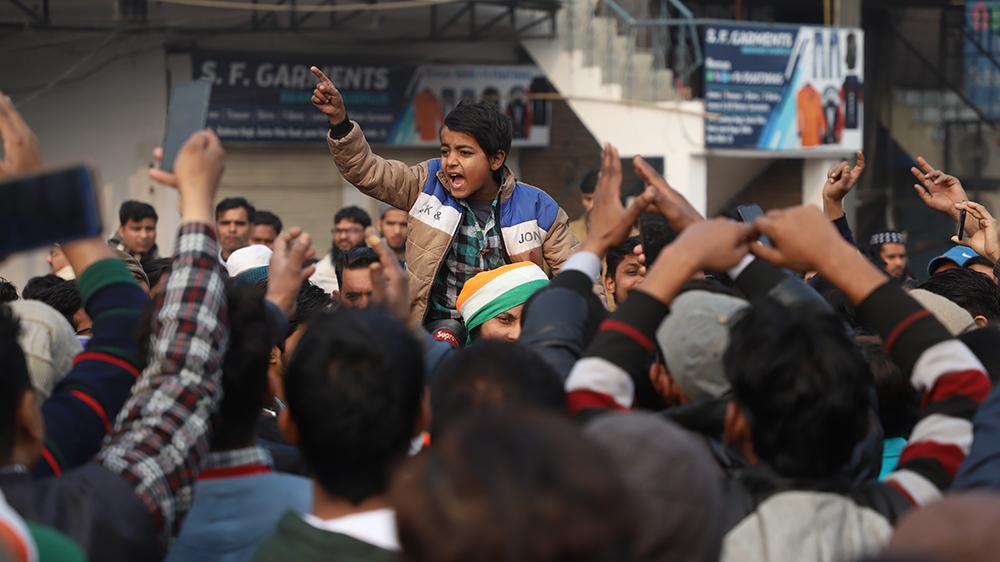
Huge protests have been held across India in the past
New Delhi, India - Bilquis has been on a sit-in protest since mid-December in the Indian capital against a new citizenship law that critics say runs counter to the country's secular constitution.
For the past one month, thousands of protesters - led mostly by hijab and burqa-clad Muslim women, many of them homemakers - have occupied a stretch of a main road near Shaheen Bagh, a working-class Muslim neighbourhood connecting the capital city to the satellite city of Noida.
More:
What you should know about India's 'anti-Muslim' citizenship law
Microsoft CEO Nadella criticises India's citizenship law
Kerala state challenges India's citizenship law in Supreme Court
They are protesting against the Citizenship Amendment Act (CAA) passed last month that aims to fast-track the naturalisation of non-Muslim refugees from three neighbouring countries.
The law will grant Indian citizenship to "persecuted" minorities - Hindus, Sikhs, Buddhists, Jains, Parsis and Christians - from Bangladesh, Afghanistan and Pakistan - but blocks naturalisation for Muslims.
We are protesting for justice, for our rights and we will not move until this law is revoked
SABA KHATOON, PROTESTER
Many liberal Indians have joined the anti-CAA protests in solidarity, saying the Hindu nationalist government of Prime Minister Narendra Modi wants to divide Indians by making faith as a basis for citizenship.

Bilquis, 82, has never taken part in any protest before [Bilal Kuchay/Al Jazeera]
"It's my 29th day here today. I eat here, I pray and sleep here only," Bilquis, 82, told Al Jazeera on Tuesday. "I go home only when I have to change my clothes or take a bath," the octogenarian said.
Born before India's independence in 1947, Bilquis has never taken part in any protest before but today it is different, she says.
As women sit in rows, men stand along the ropes and steel fence of a road divider turning the site into a closed rectangular enclosure.
Together they chant: "Halla bol, CAA pe halla bol" (Raise your voice against CAA); "Hum kya chahte? Azaadi - bhedbhav se azaadi" (We want freedom - freedom from discrimination).
The severe winter of Delhi does not seem to have deterred them.
Bilquis, along with few elderly women, sits close to the makeshift stage behind which a large banner hangs with the photograph of Bhimrao Ambedkar - the architect of India's constitution and a Dalit icon.
She patiently listens to revolutionary poetry and speeches by activists, who visit the sit-in site almost daily, and vigorously answers to the slogans that are shouted from the stage.
"We are on the road to protest against this new law that Modi government has brought. It is to target Muslims and send our children to detention camps," she said as a group of women sitting close to her nod their heads in agreement.
"We are protesting for justice, for our rights and we will not move until this law is revoked," says another elderly woman, Saba Khatoon.
What triggered the Shaheen Bagh protests?
The peaceful sit-in at Shaheen Bagh began on December 16 after Delhi police stormed the campus of nearby Jamia Millia Islamia university and assaulted students who took out a protest march against CAA.
This protest doesn't belong to Muslims only but to all those people who believe in the Indian constitution and want to protect it
SHYAMA KHAN, PROTESTER
After the protest turned violent, police entered the university campus, fired tear gas shells and thrashed unarmed students. Videos of police brutality shared on social media caused a public outcry.
The new law coupled with a proposed nationwide counting of citizenship (National Register of Citizens or NRC) has India's Muslims, who number nearly 200 million, worried.
Huge protests have been held across India in the past one month. At least 28 people, mostly Muslims, have been killed in the police crackdown. The northern state of Uttar Pradesh, India's most populous state ruled by Modi's Bharatiya Janata Party (BJP), has reported most deaths.
The protest at Shaheen Bagh began with a small group of men and women but soon swelled as people from other parts of Delhi also joined in solidarity. The Shaheen Bagh protest venue has been compared with Jantar Mantar - a site close to Indian parliament that hosts protests round the year.
Sheeza Fatima, 44, a resident of Aligarh - about 100km from New Delhi - had come to a relative's place in Shaheen Bagh when the sit-in began. She joined soon and now visits daily.
"I thought it's better to join these women who are out for a cause rather than go back home," she told Al Jazeera.

Huge protests have been held across India in the past
one month [Nasir Kachroo/Al Jazeera]
Solidarity protests
Every day hundreds of people from different faiths come and join the demonstrators in what they call a movement to "save the country and its constitution".
Behind the demarcated site for women, young men and children in groups shout slogans against CAA and government. Many take selfies near the replica of India Gate - the iconic war memorial in New Delhi - installed by the protesters last week which has names of protesters killed in the past one month written on it.
Nearby, a patch of the road has been designed in colourful graffiti with anti-CAA slogans like "Reject CAA, Reject NRC" and calls for unity. "Strength through unity, unity through faith" the graffiti reads.
The demonstrators often shout "Hindu, Muslim, Sikh, Isaai - aapas mein hain bhaai bhaai" (Hindus, Muslims, Sikhs and Christians are brothers).
Placards and posters of religious symbols belonging to different faiths are on a display while an interfaith ceremony was held at the site on Sunday.
Demonstrators also read out the preamble of the Indian constitution and took an oath to preserve its "socialist, secular" values.
"This protest doesn't belong to Muslims only but to all those people who believe in the Indian constitution and want to protect it," said Shyama Khan, 24.
The protest has led to the closure of dozens of shops, but traders say they do not mind it.
"The protest has definitely affected our business but we support the protest and as long as the protest continues here, we will not open our shops," said Zakir, who runs a mobile shop and gave only his first name.
"We are ready to bear the financial losses but this protest is important. It's about our identity and dignity," he said.
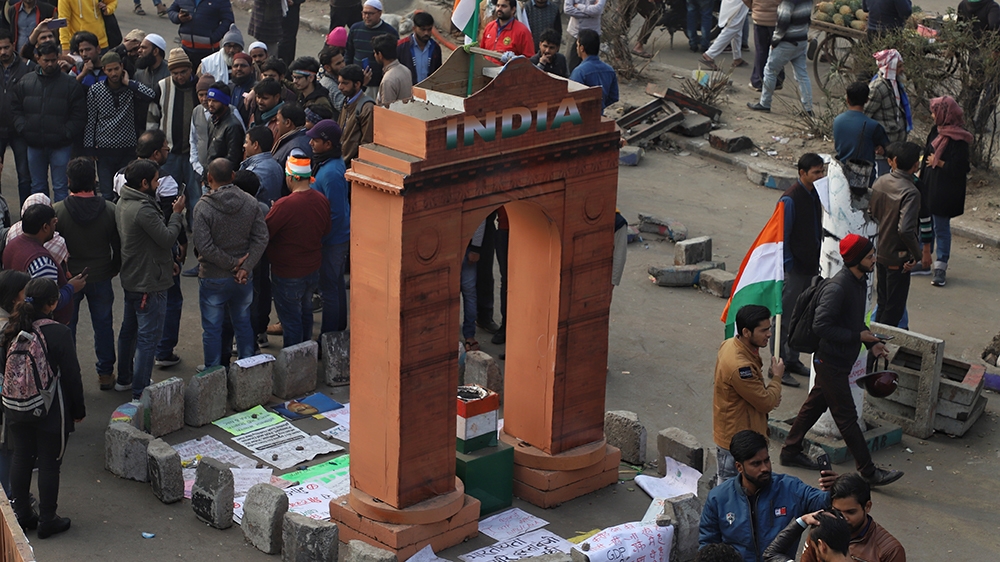
Replica of India Gate installed by the protesters last week
Solidarity protests
Every day hundreds of people from different faiths come and join the demonstrators in what they call a movement to "save the country and its constitution".
Behind the demarcated site for women, young men and children in groups shout slogans against CAA and government. Many take selfies near the replica of India Gate - the iconic war memorial in New Delhi - installed by the protesters last week which has names of protesters killed in the past one month written on it.
Nearby, a patch of the road has been designed in colourful graffiti with anti-CAA slogans like "Reject CAA, Reject NRC" and calls for unity. "Strength through unity, unity through faith" the graffiti reads.
The demonstrators often shout "Hindu, Muslim, Sikh, Isaai - aapas mein hain bhaai bhaai" (Hindus, Muslims, Sikhs and Christians are brothers).
Placards and posters of religious symbols belonging to different faiths are on a display while an interfaith ceremony was held at the site on Sunday.
Demonstrators also read out the preamble of the Indian constitution and took an oath to preserve its "socialist, secular" values.
"This protest doesn't belong to Muslims only but to all those people who believe in the Indian constitution and want to protect it," said Shyama Khan, 24.
The protest has led to the closure of dozens of shops, but traders say they do not mind it.
"The protest has definitely affected our business but we support the protest and as long as the protest continues here, we will not open our shops," said Zakir, who runs a mobile shop and gave only his first name.
"We are ready to bear the financial losses but this protest is important. It's about our identity and dignity," he said.

Replica of India Gate installed by the protesters last week
which has names of protesters killed in the past one month
written on it [Nasir Kachroo/Al Jazeera]
Similar protests
The Shaheen Bagh protest, which has made headlines in national media, has inspired similar protests in cities across India.
"We all are happy that our protest has inspired people across the country," said 75-year-old Sarwari, who gave only one name.
"This government is saying we won't move back an inch on this law but it has to roll-back. The BJP tried to divide us on religious lines but it has united us all," she said.
Media reported that police will try and persuade protesters at Shaheen Bagh to call off their sit-in, which has forced commuters to take different routes every day for the last one month.
Despite repeated attempts, Delhi police officials could not be reached for comment.
But BJP spokesman GVL Narasimha Rao said "opposition's criticism of CAA is a motivated propaganda of lies and prompted by political considerations".
Rao, however, declined to comment on why the governing party officials have not reached out to the Shaheen Bagh protesters.
Ruheena Khan, 35, a mother of two daughters has been part of the protest since December 18. Every day at about 10am, she comes to the protest site along with her five-month-old daughter and stays till midnight.
"If not today, then when. Will we begin protests when they [government] start putting us in detention centres," she asked.
"We are fighting together for everyone. For those who are Indians but can't prove their citizenship because they are poor and don't have any documents."
SOURCE: AL JAZEERA NEWS

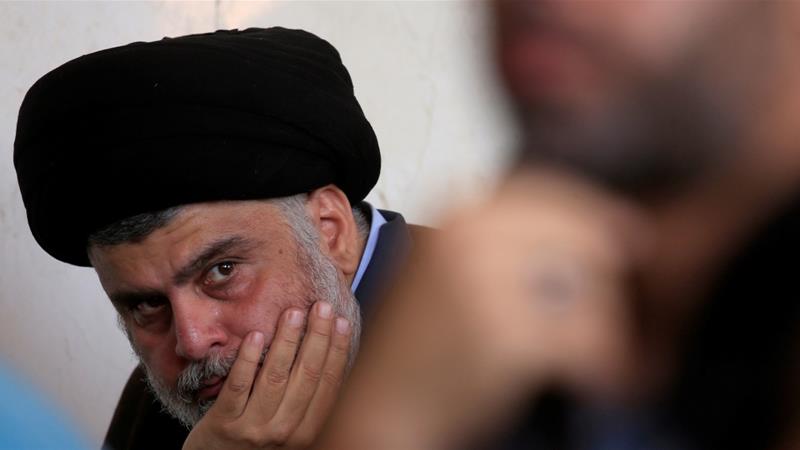



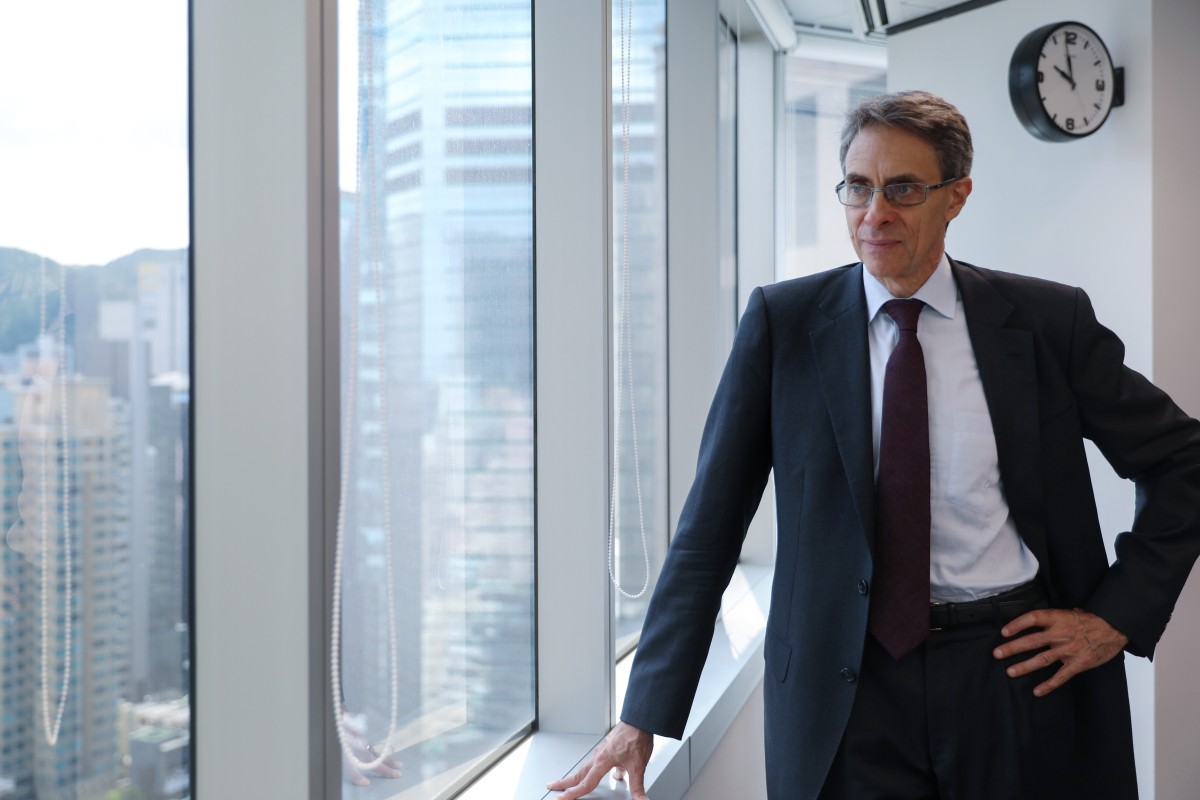



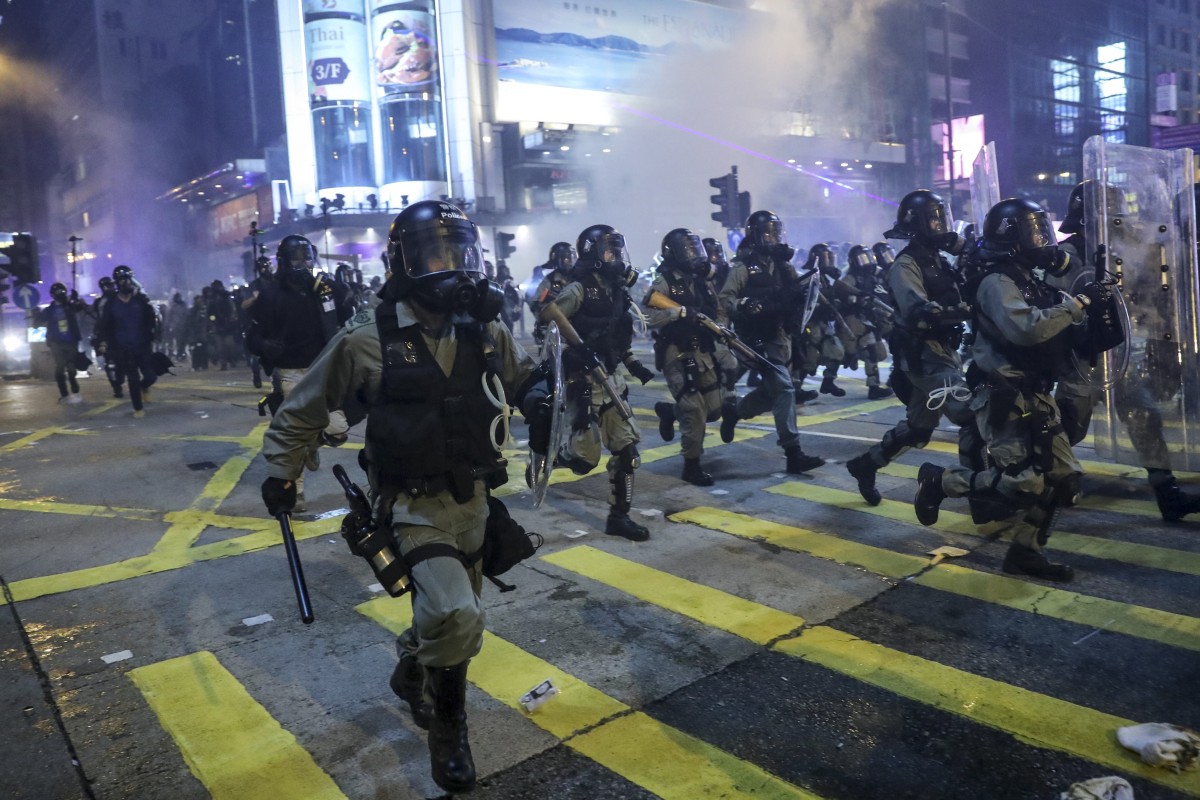
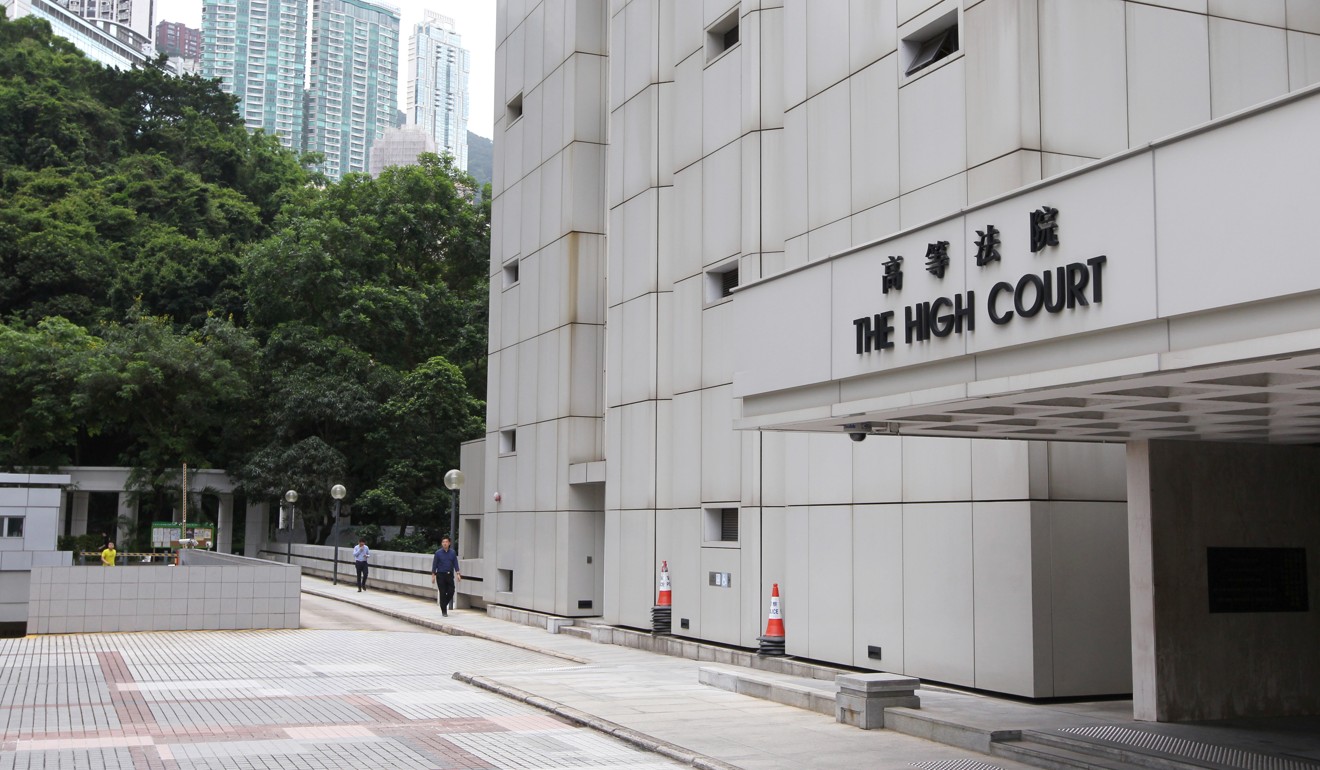
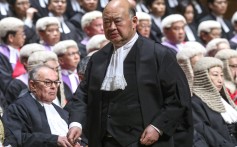
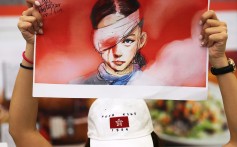


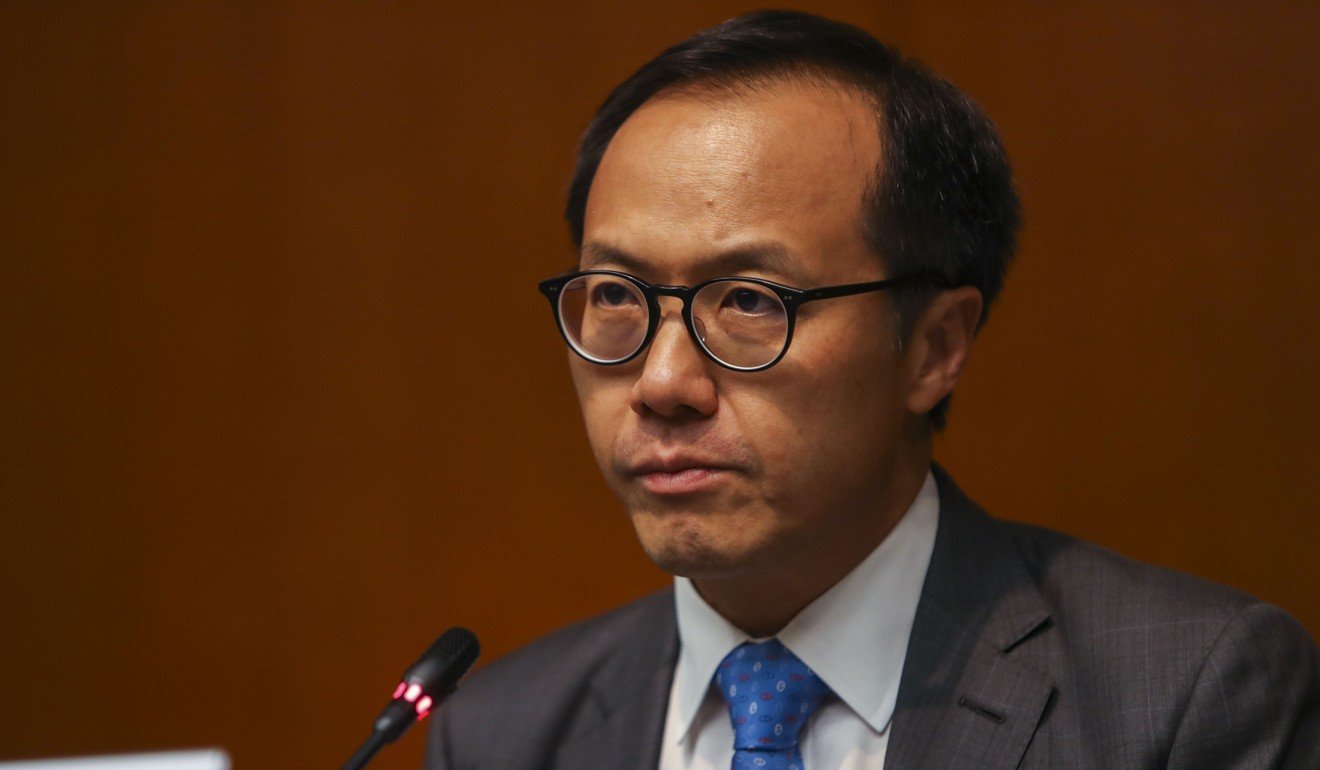

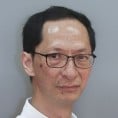
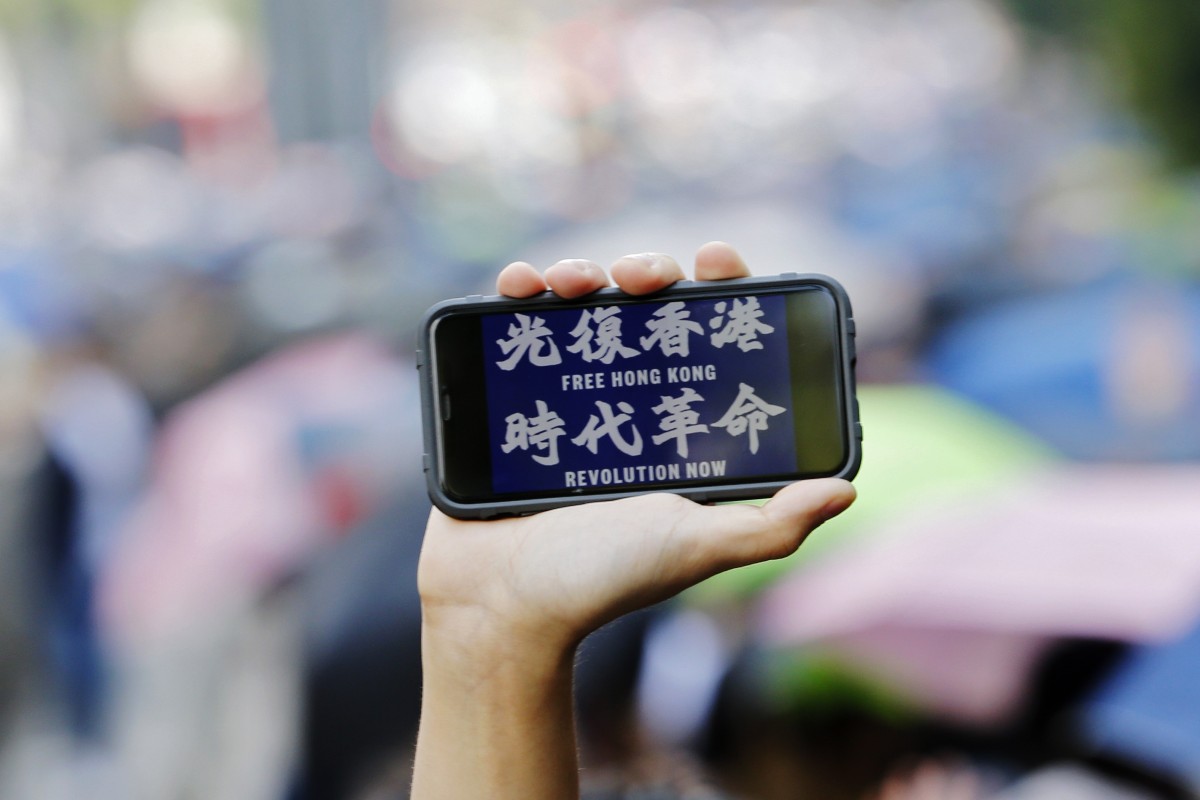









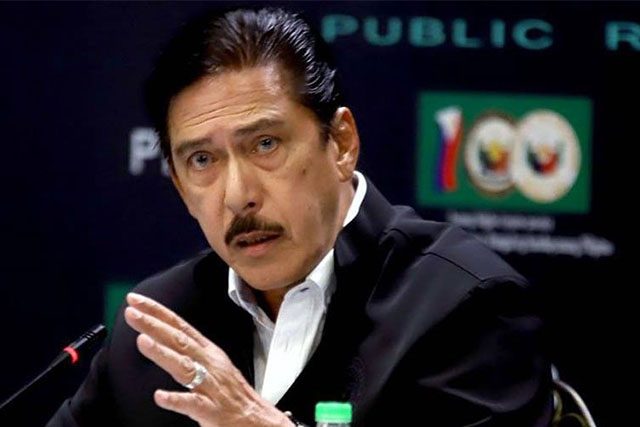
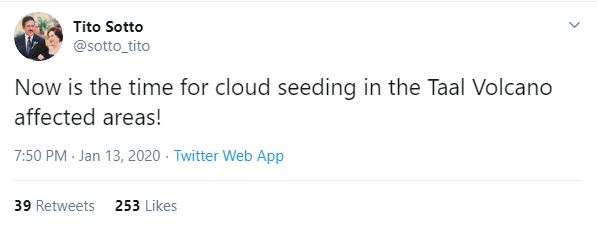 Sen. Tito Sotto III tweeting about cloud seeding in areas areas affected by the ashfall of Taal Volcano. (Screenshot by Interaksyon)
Sen. Tito Sotto III tweeting about cloud seeding in areas areas affected by the ashfall of Taal Volcano. (Screenshot by Interaksyon)
